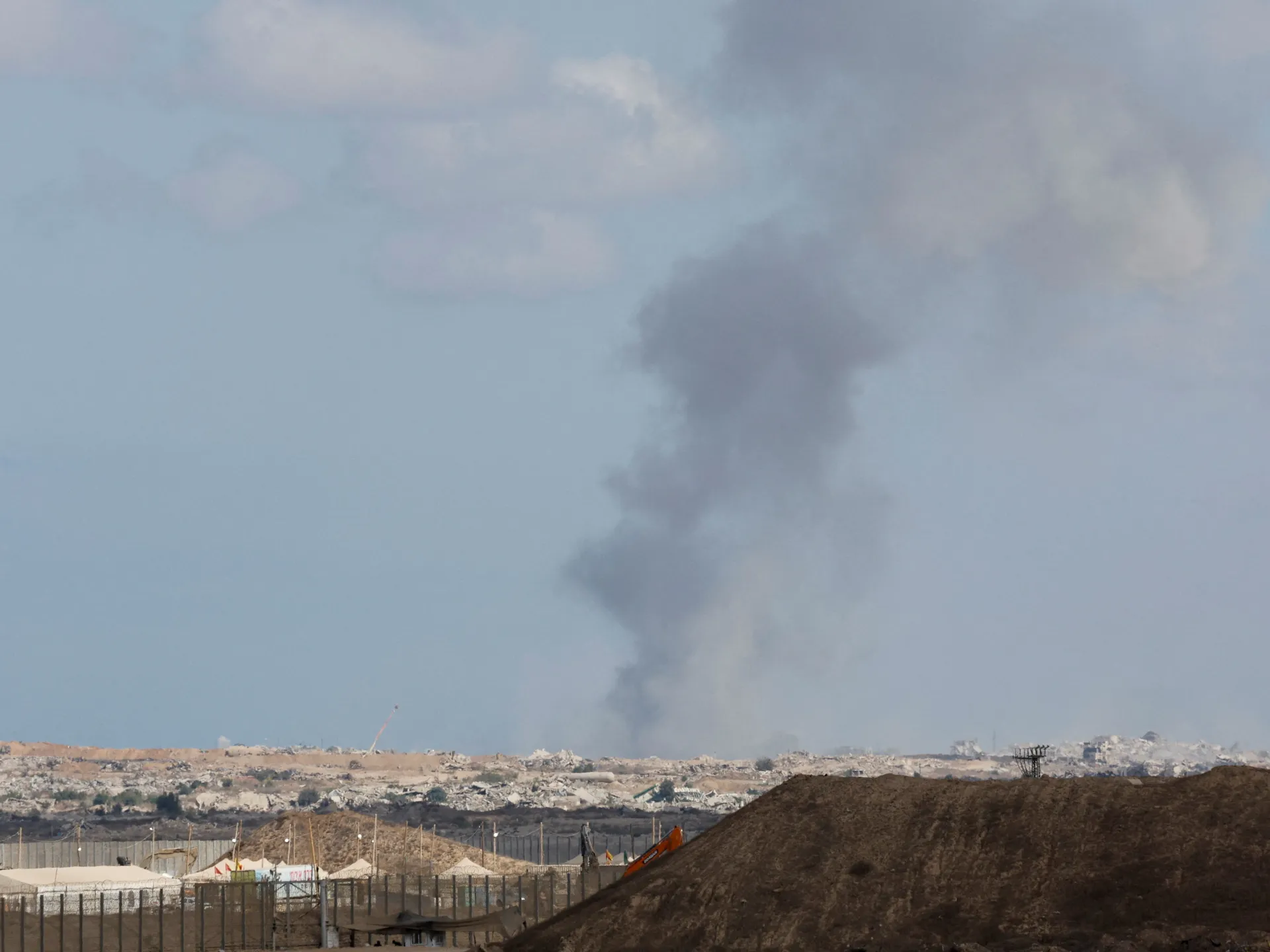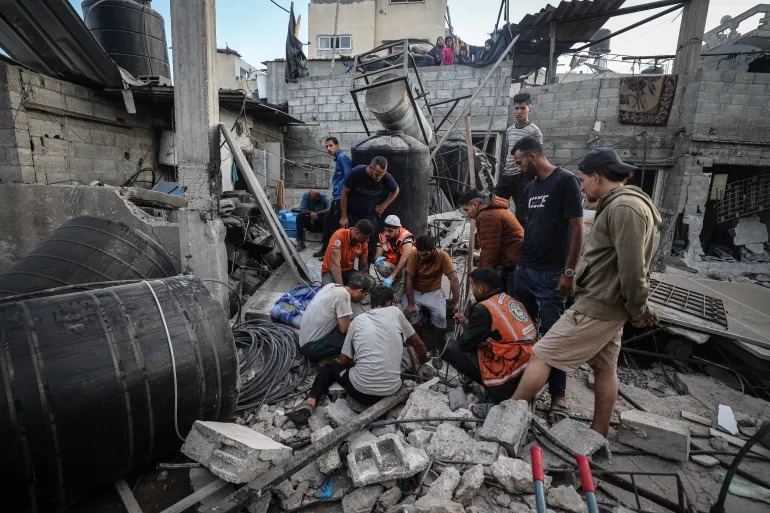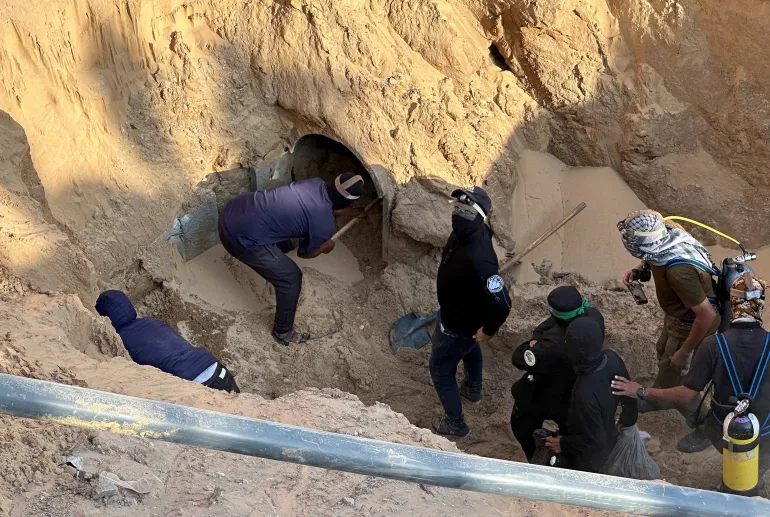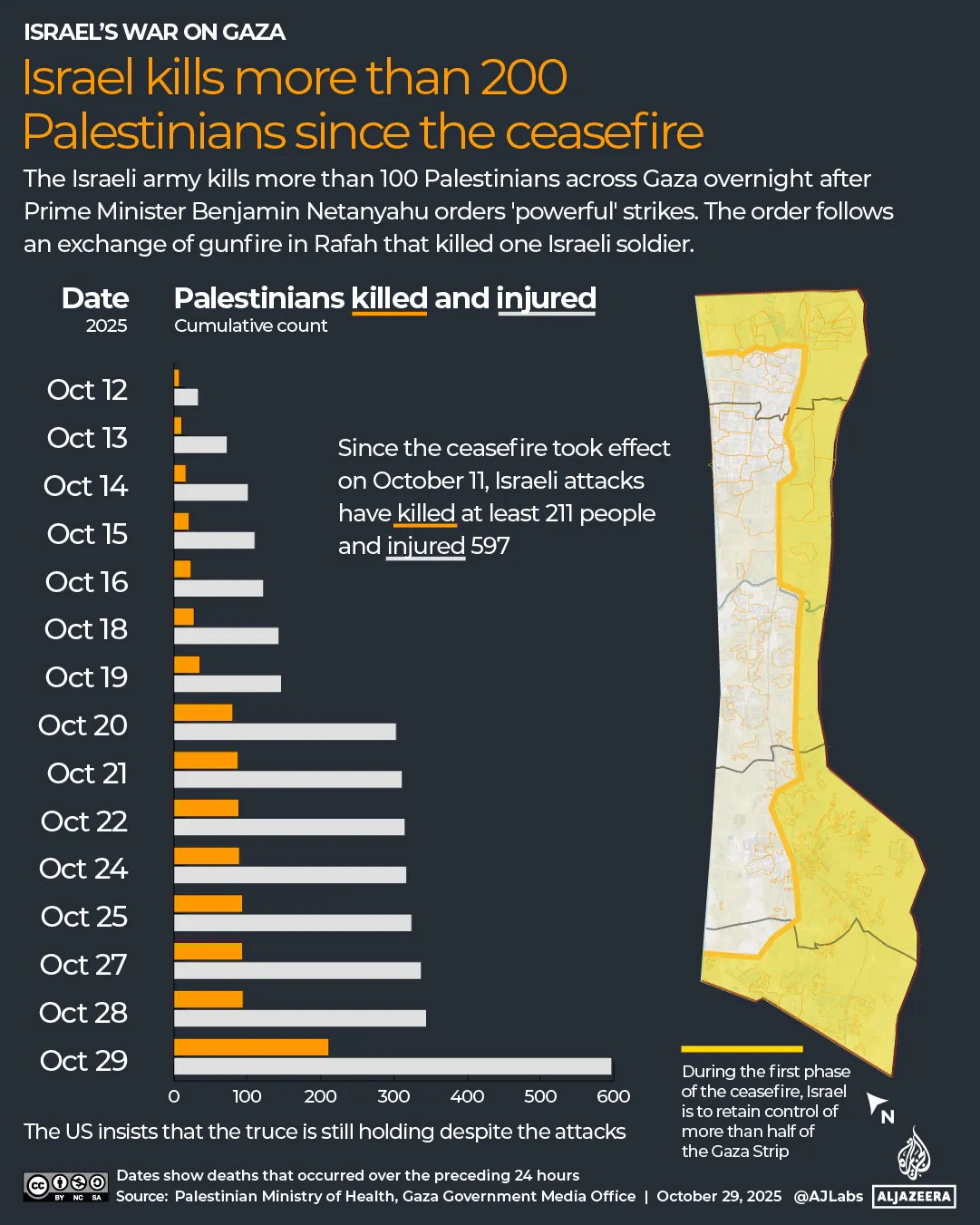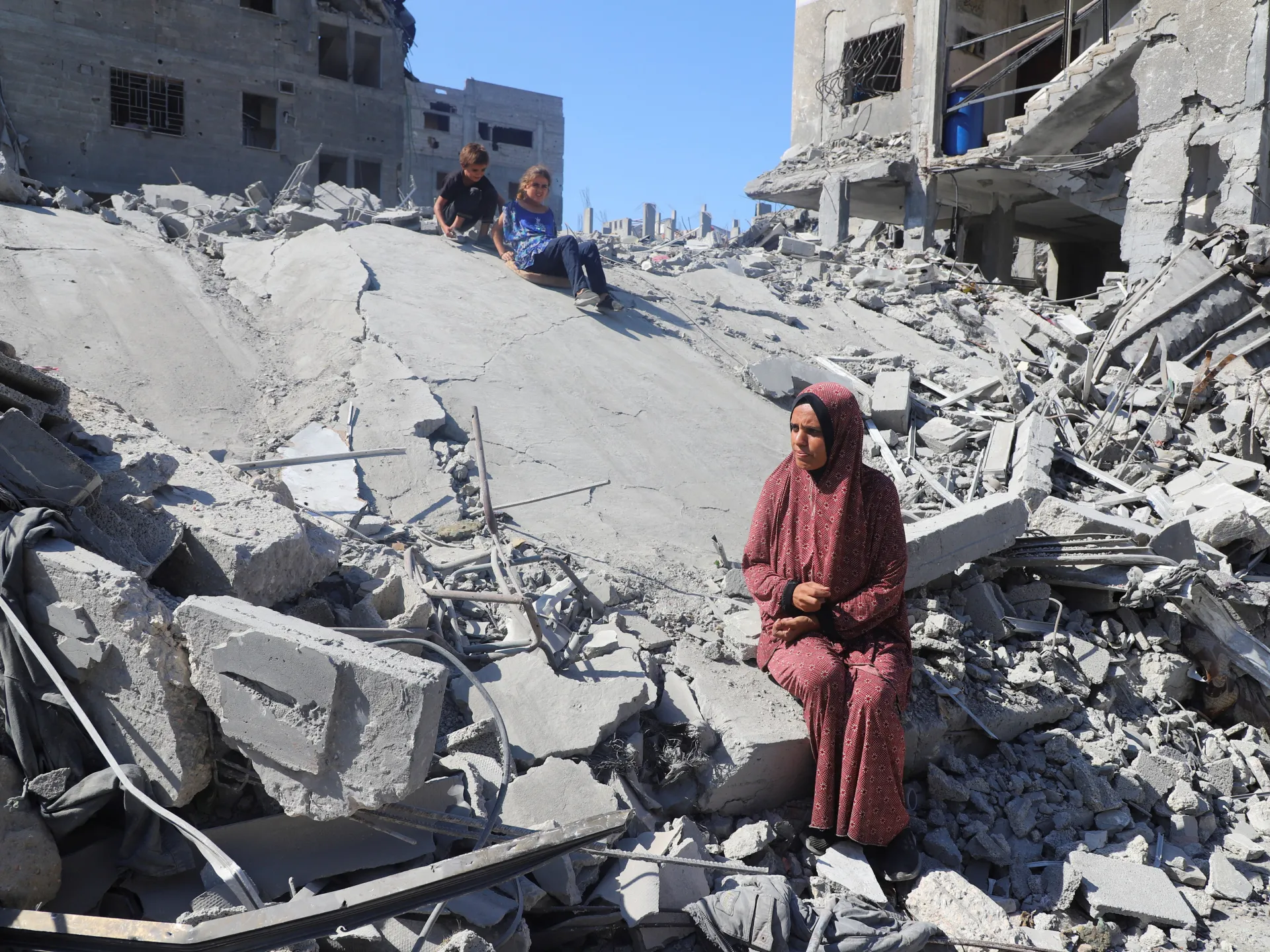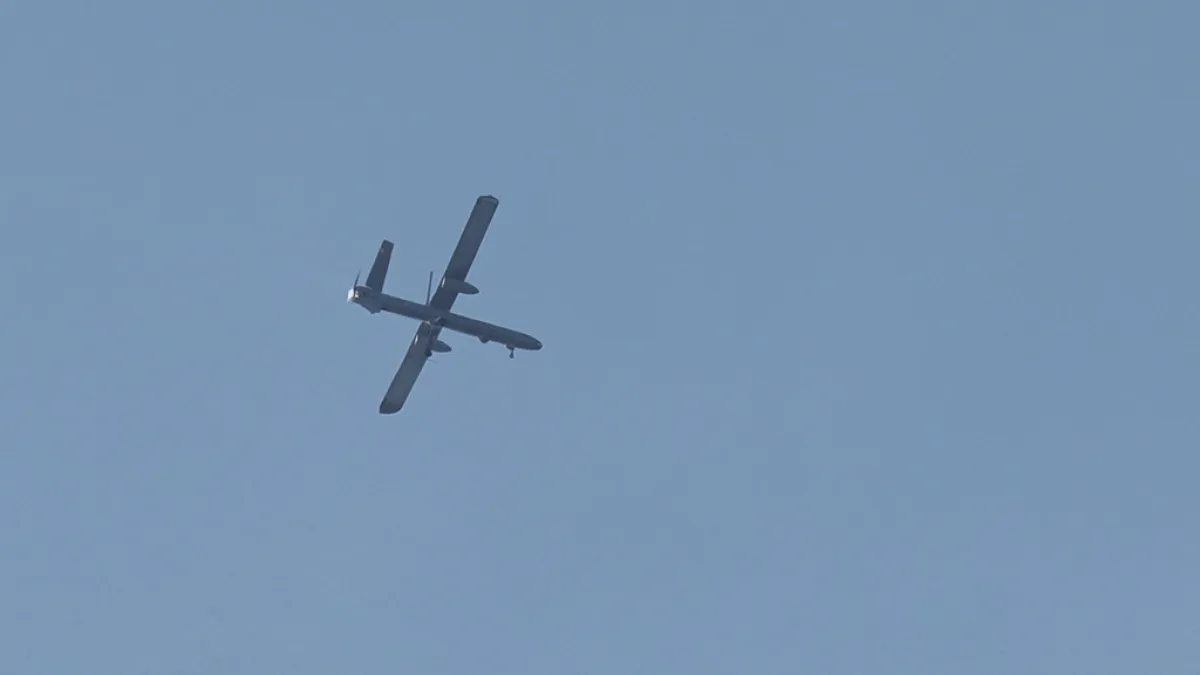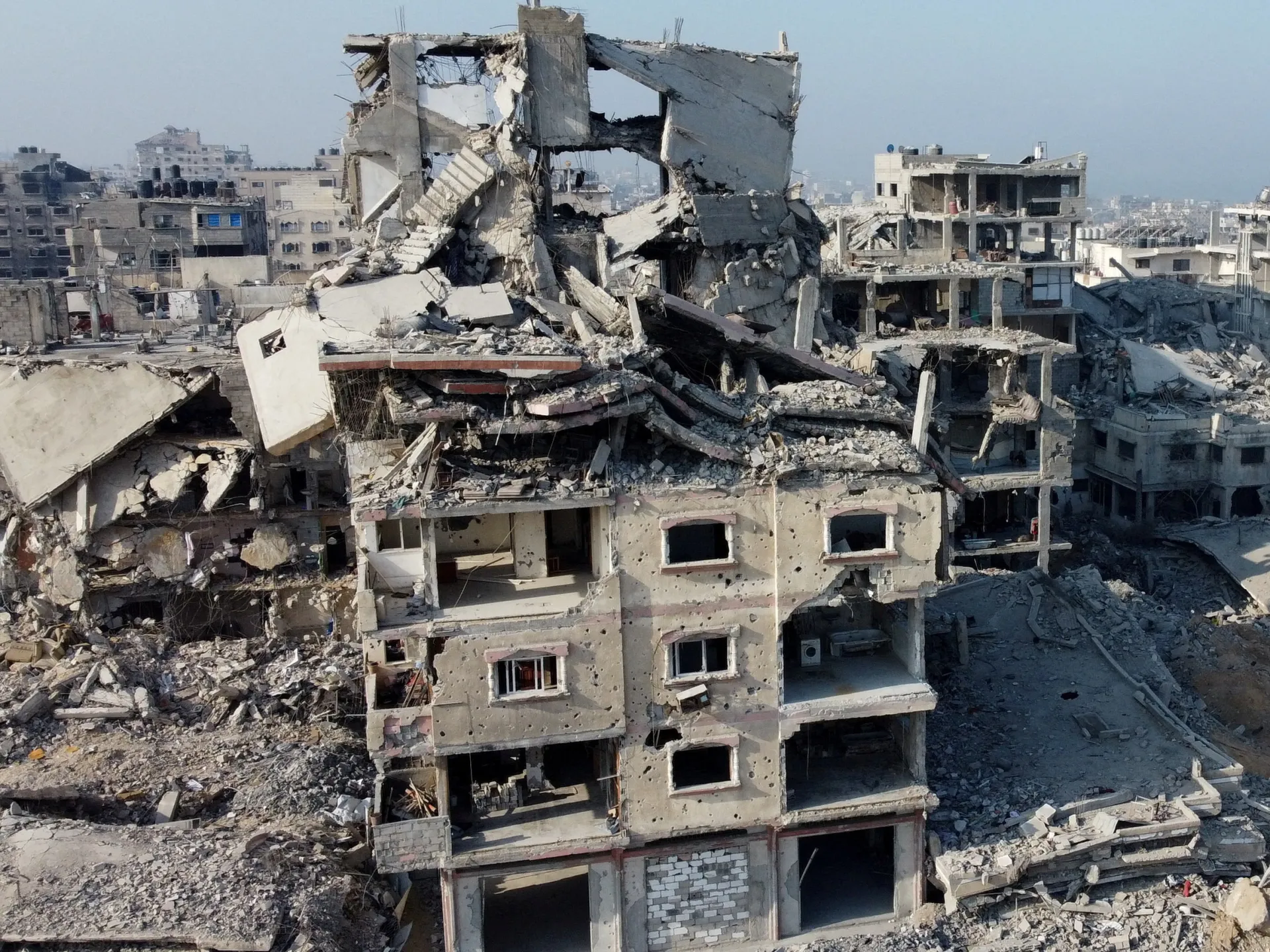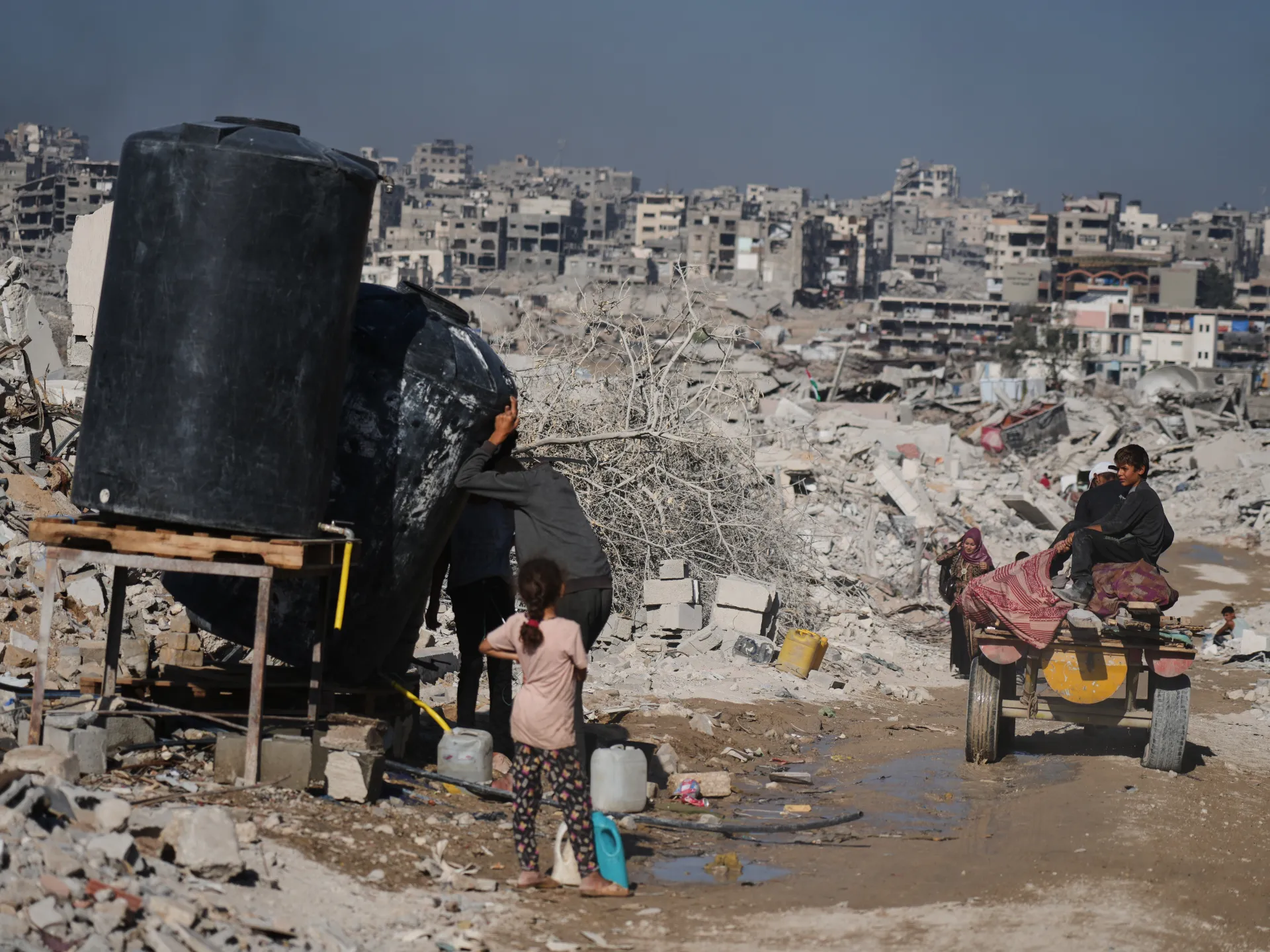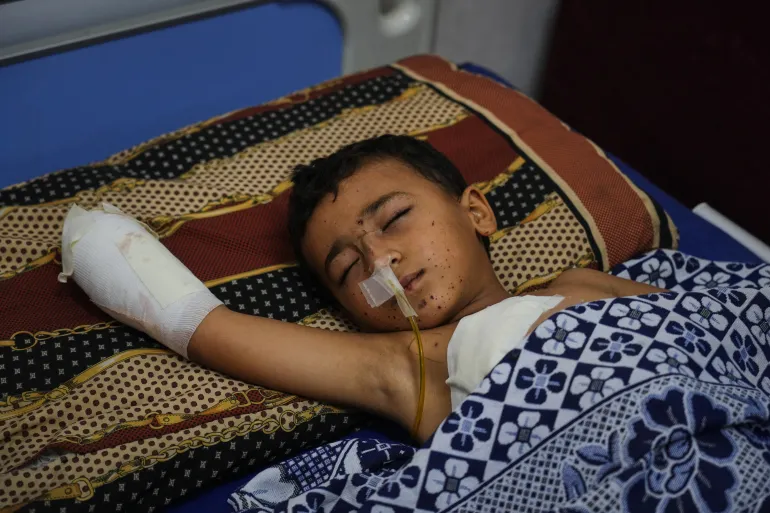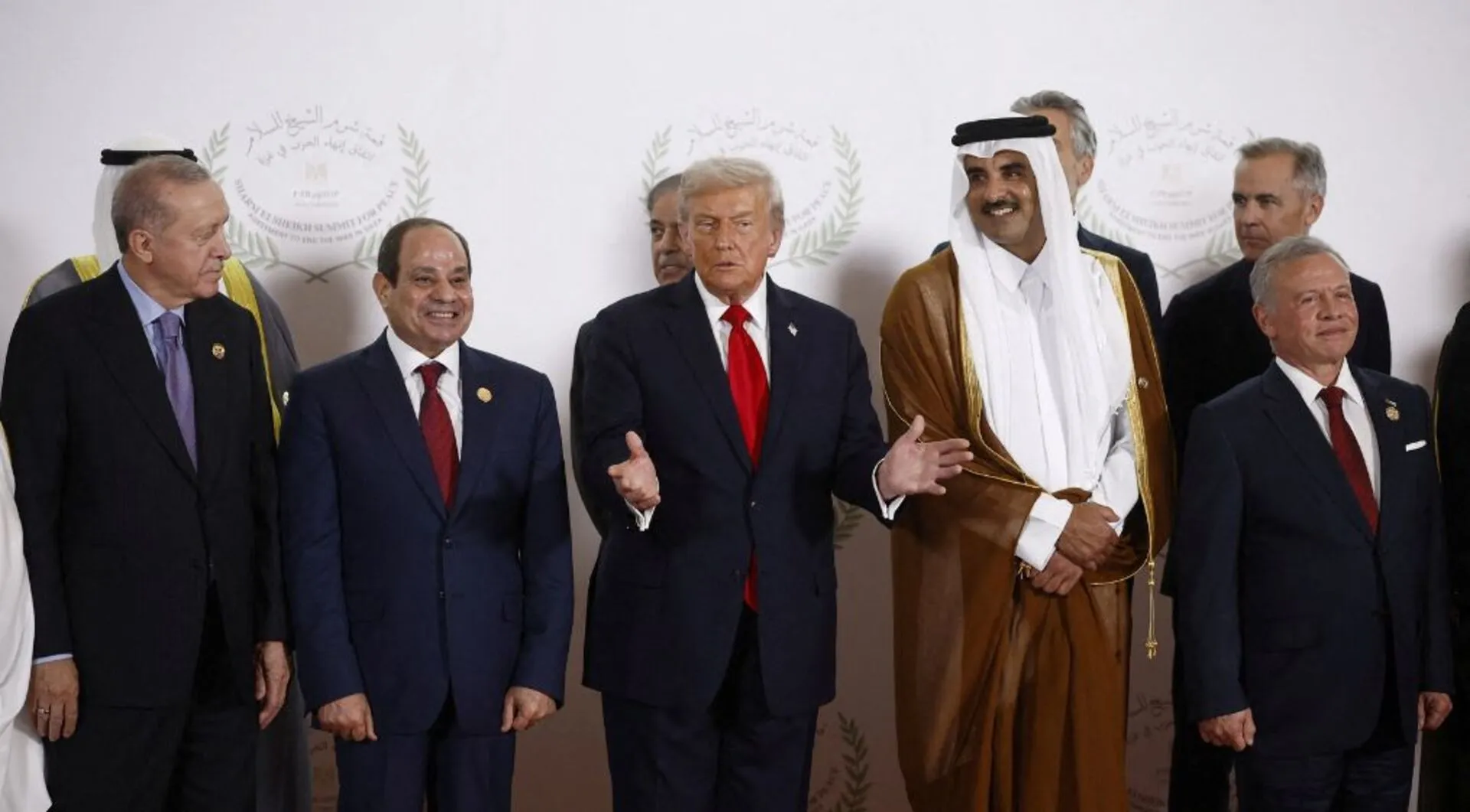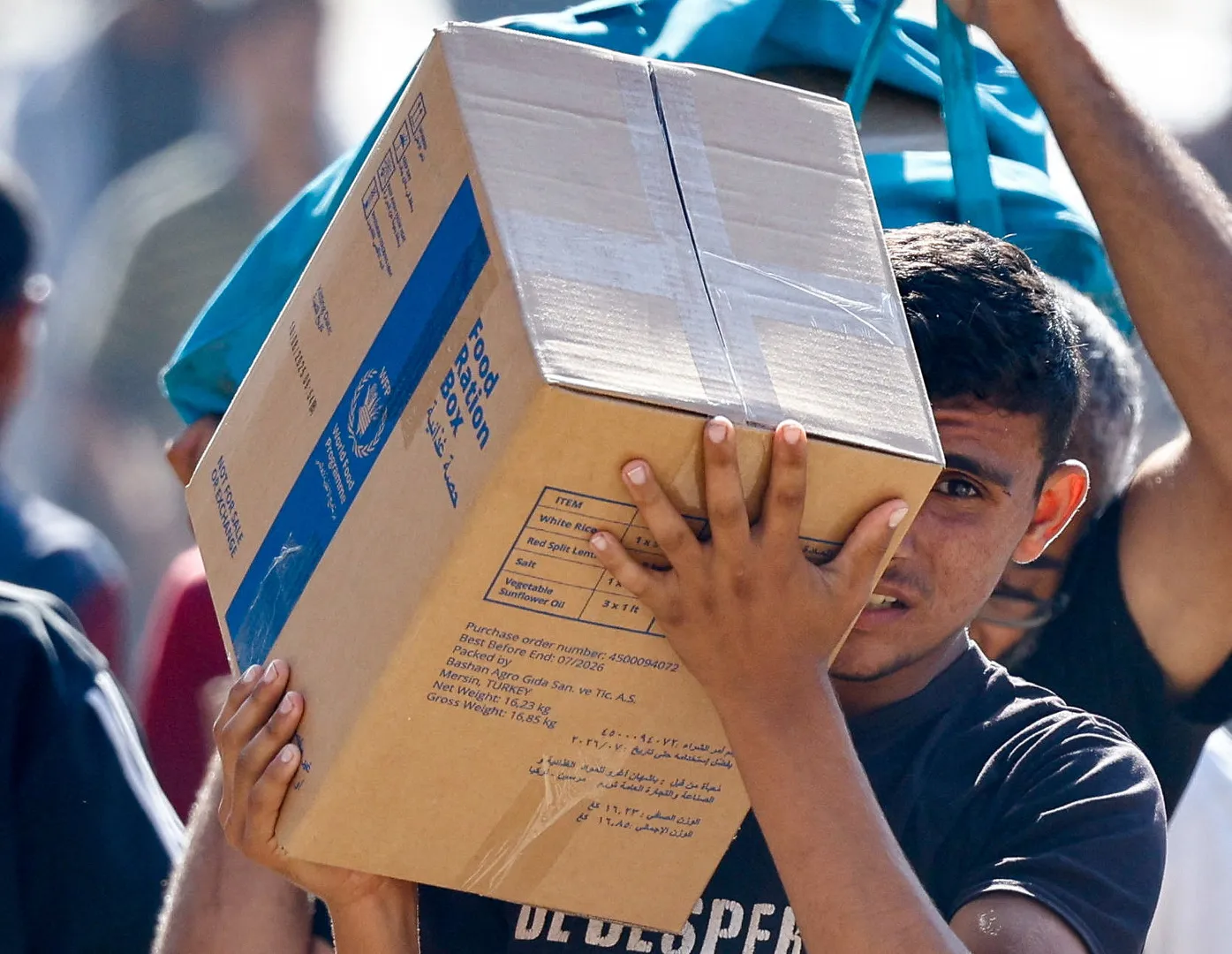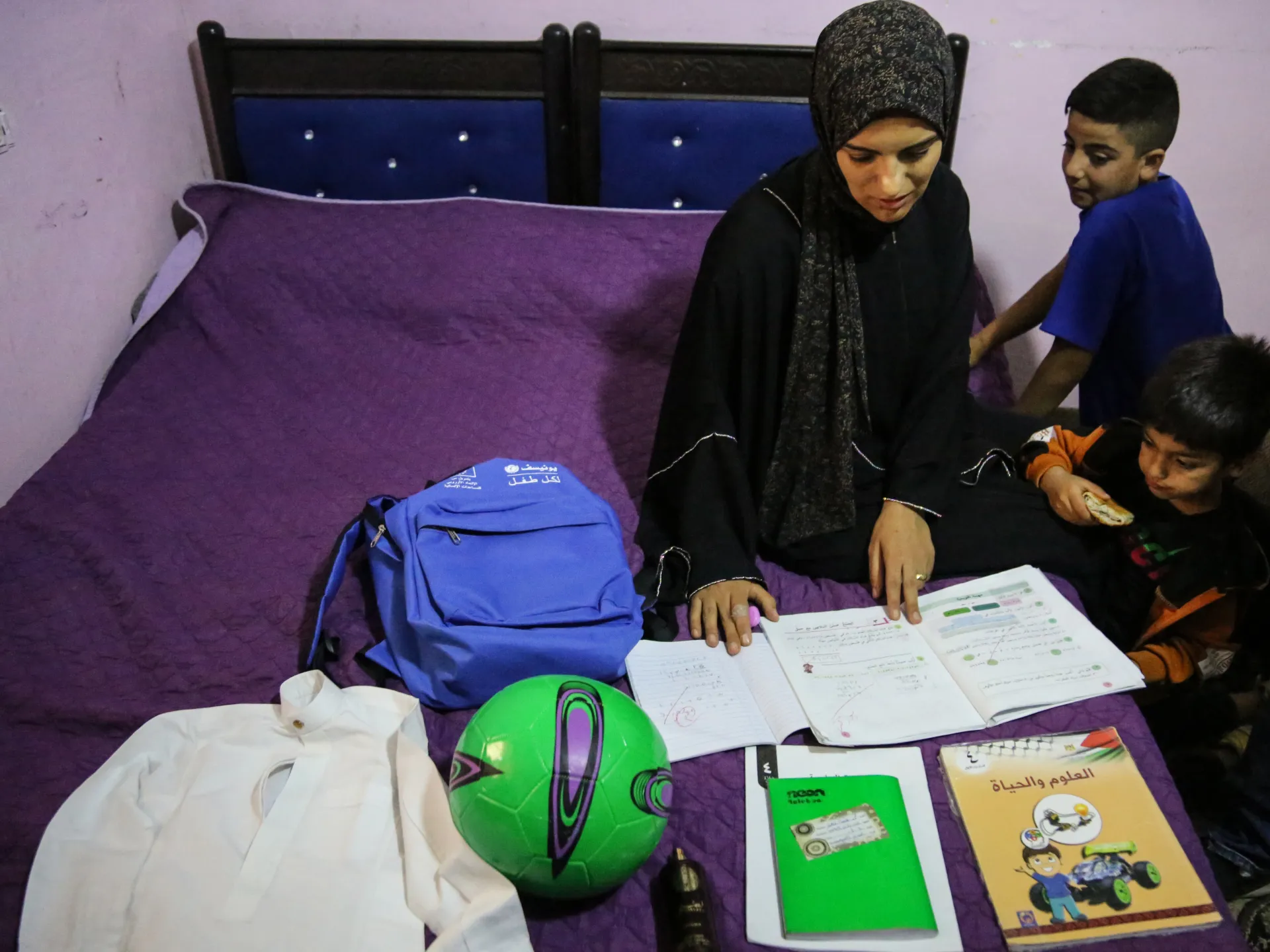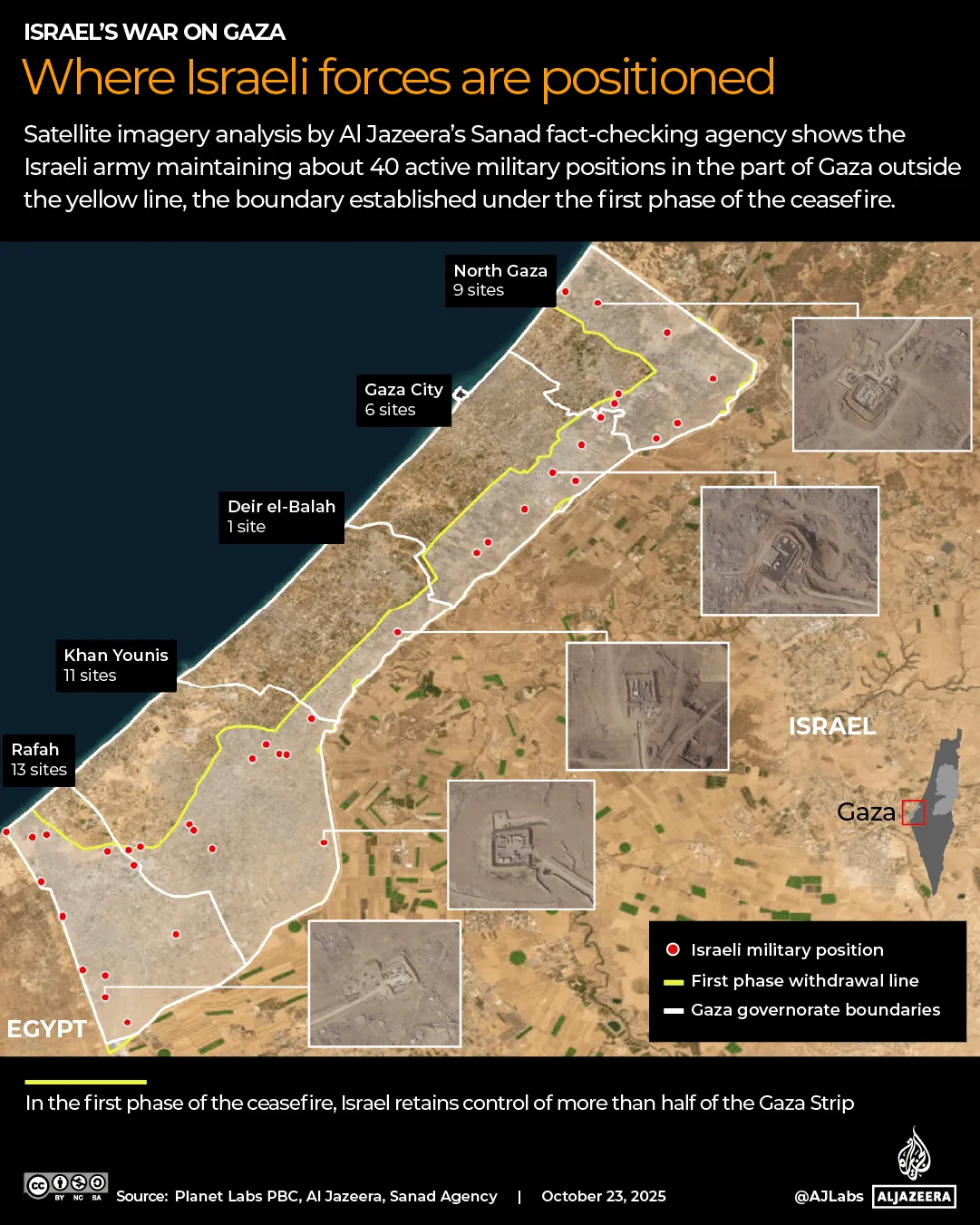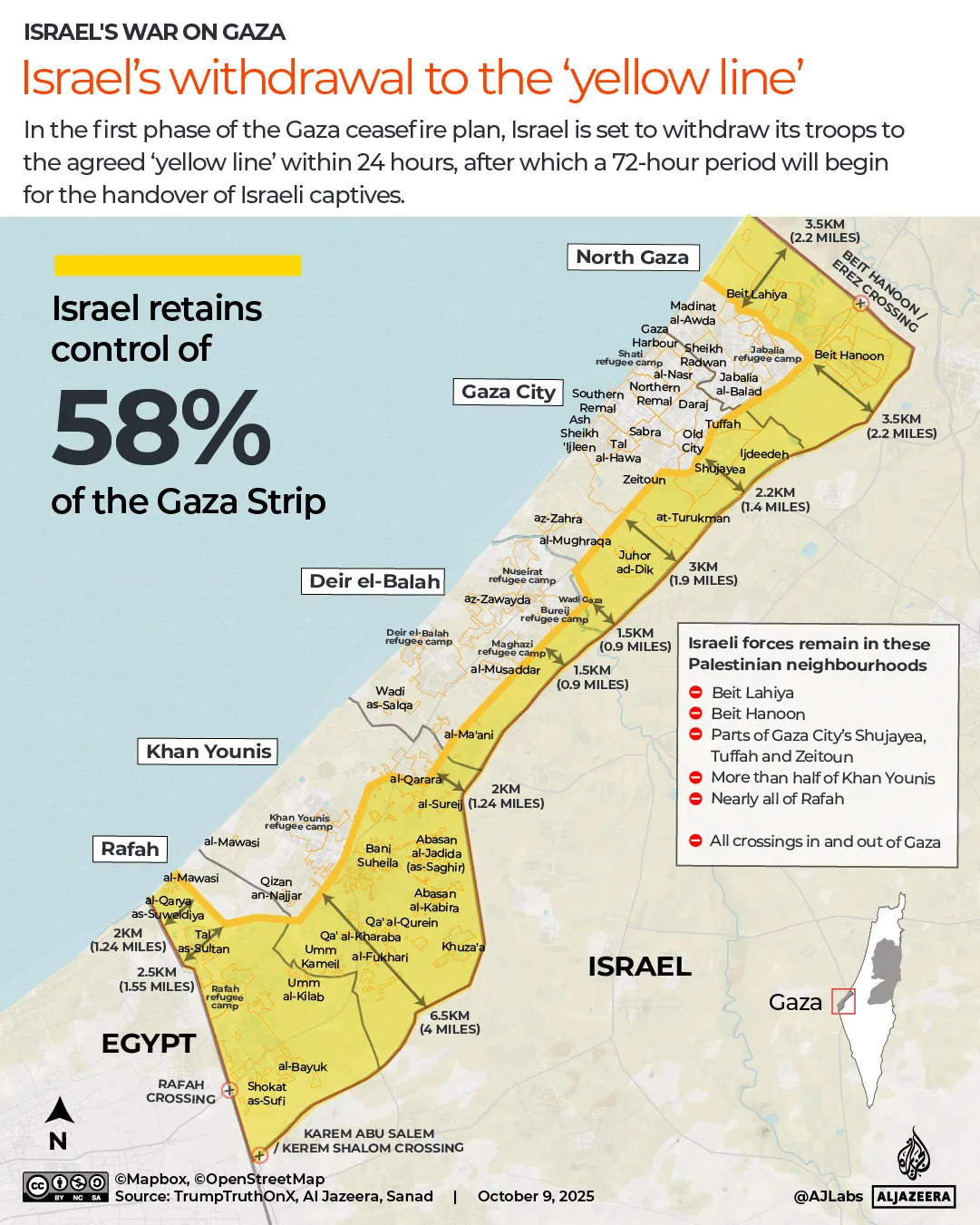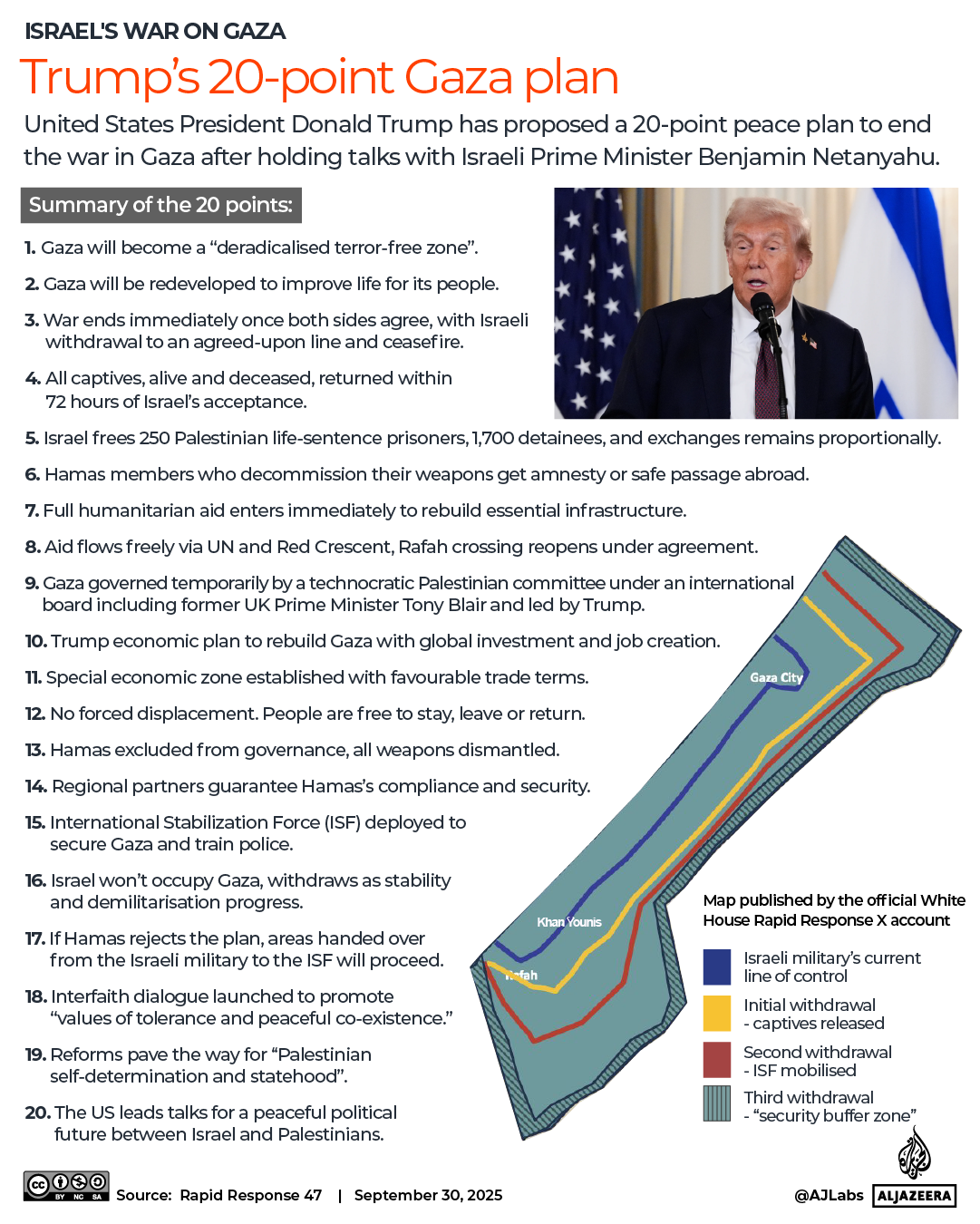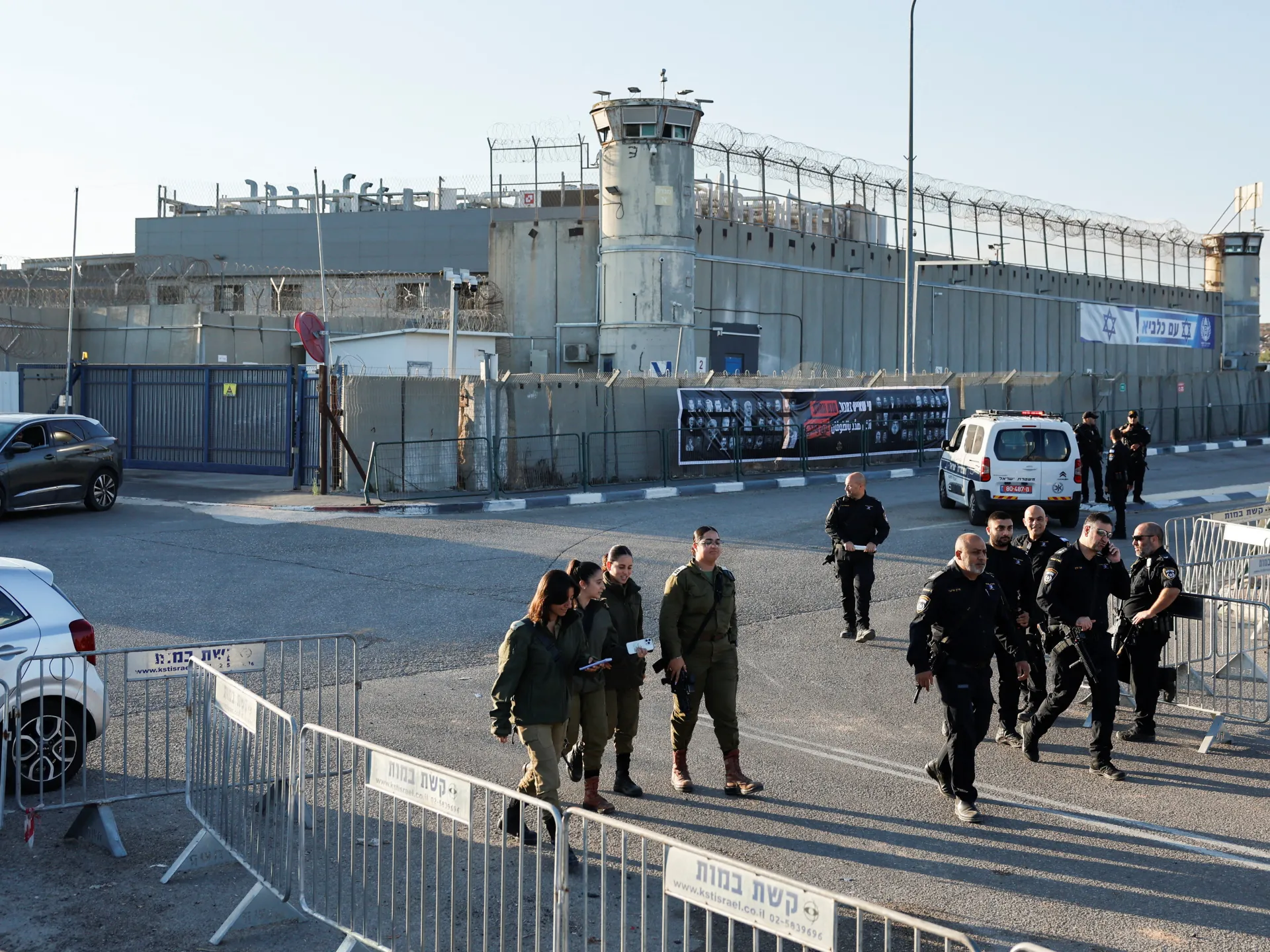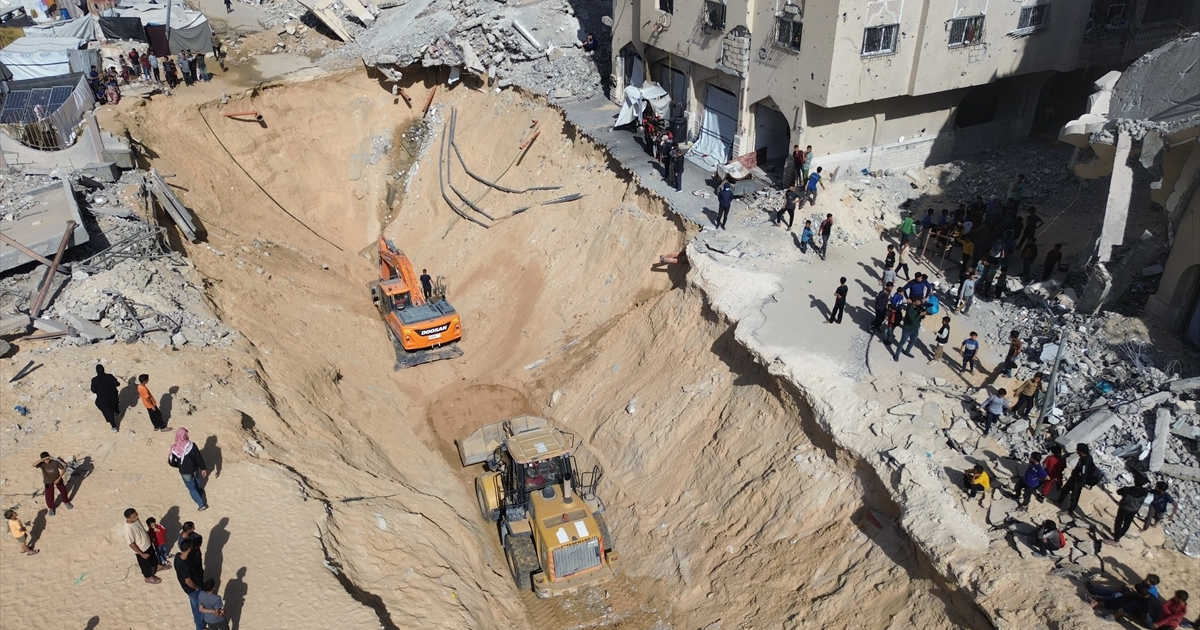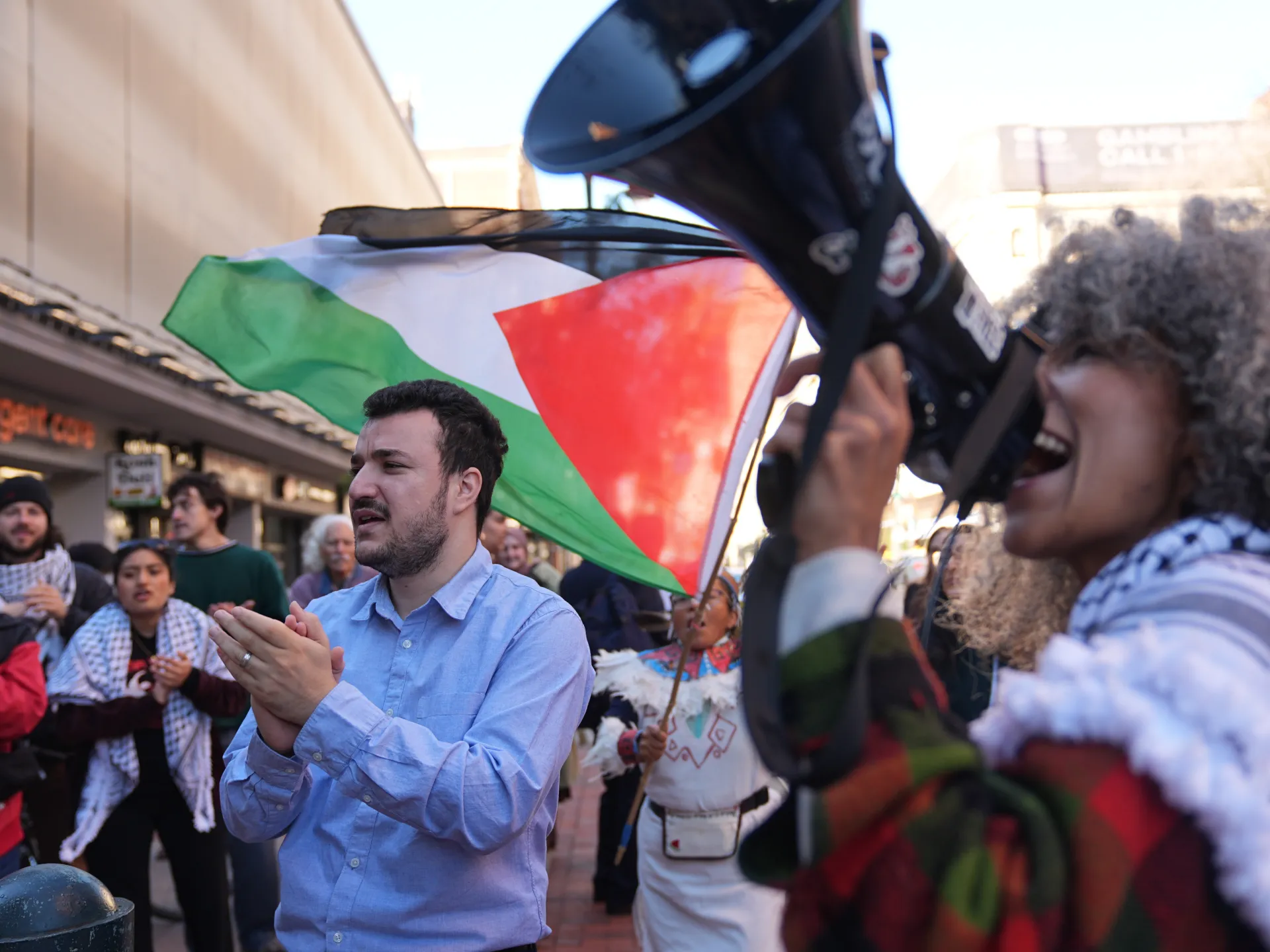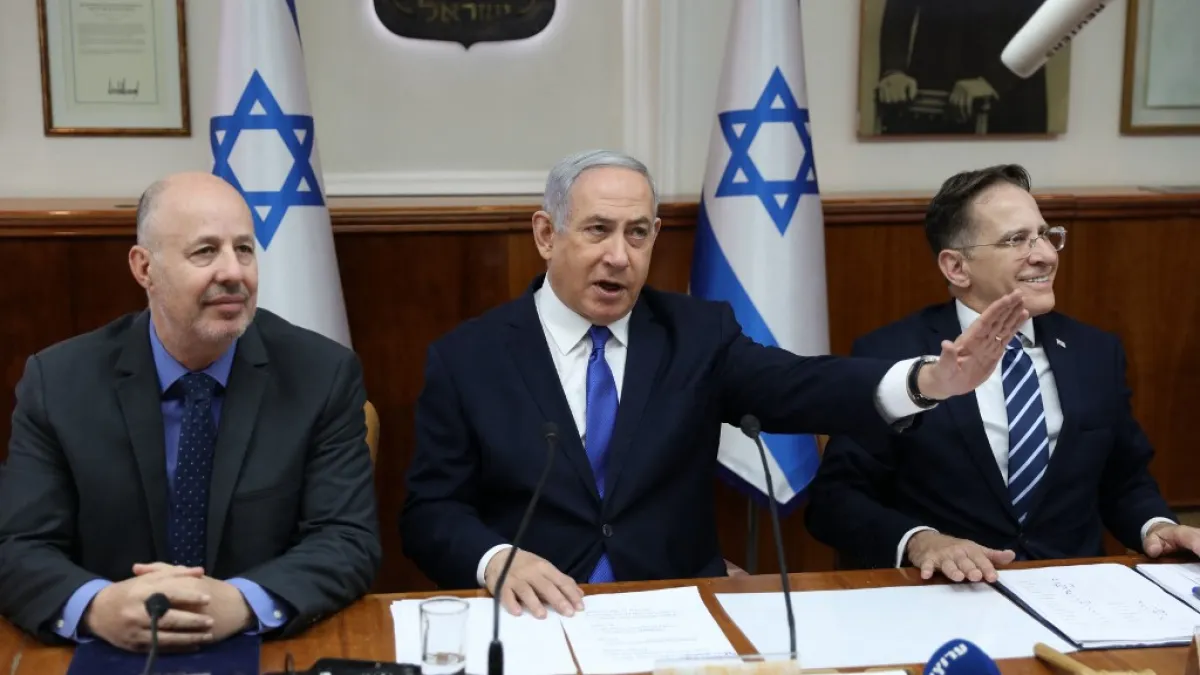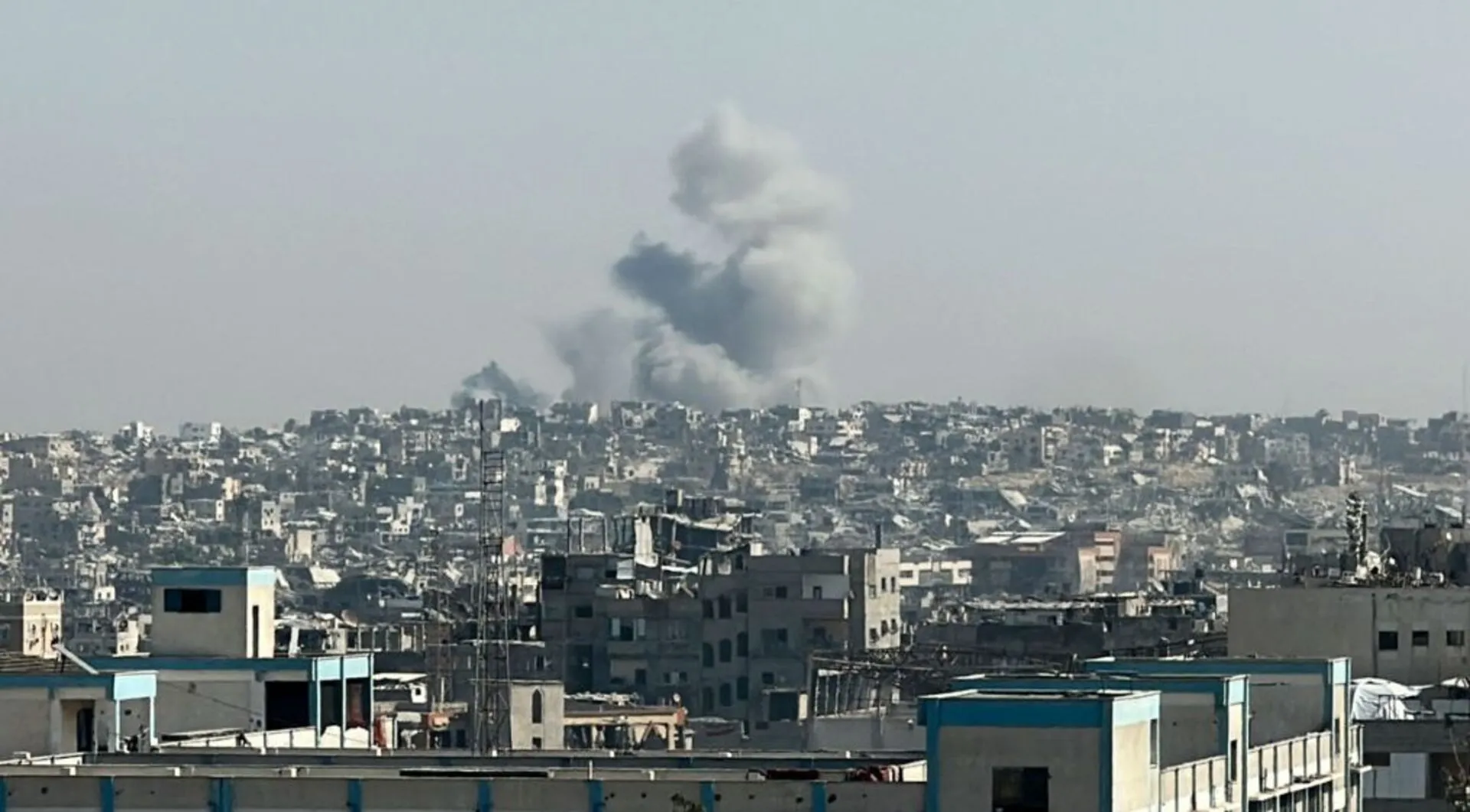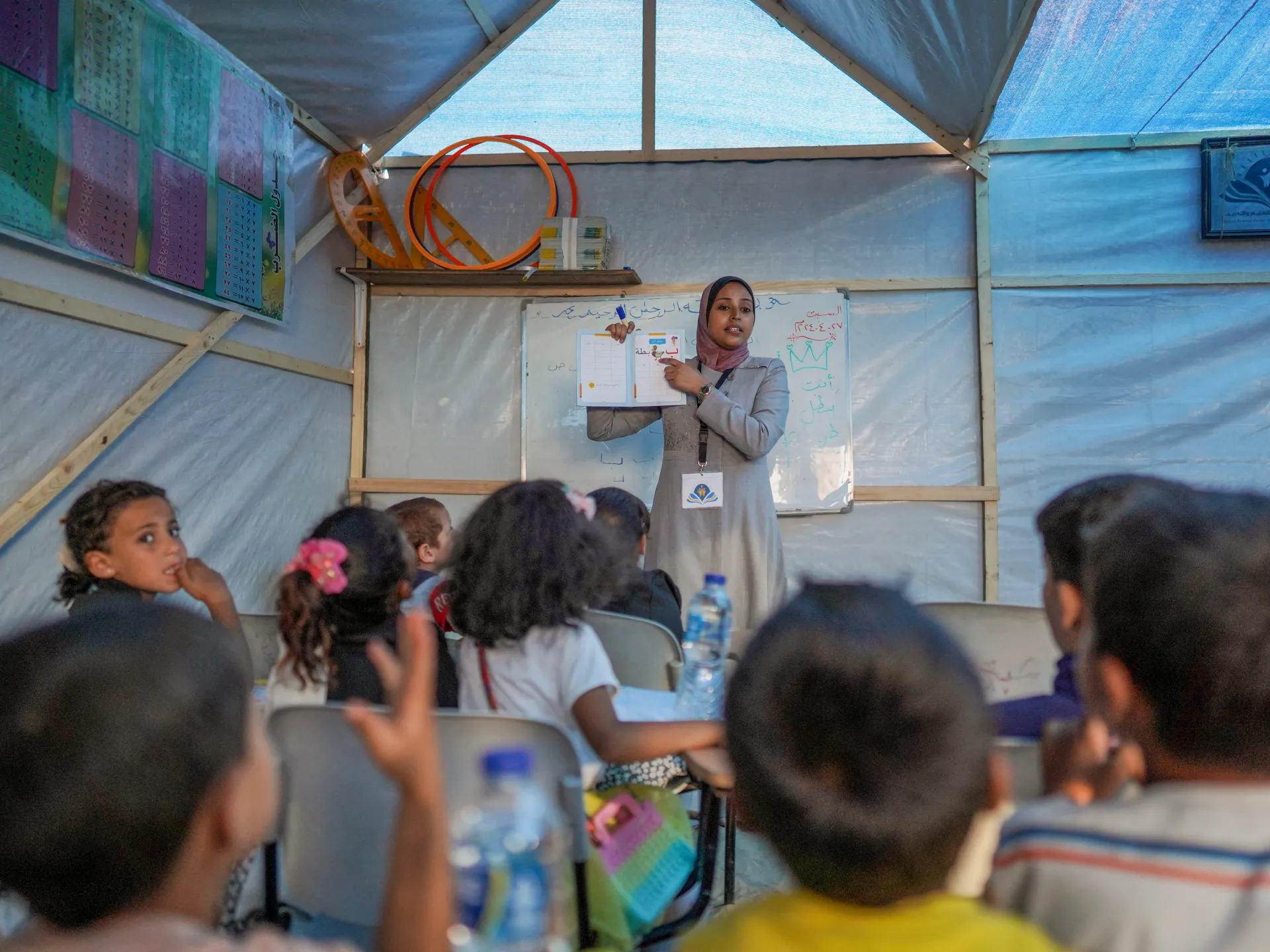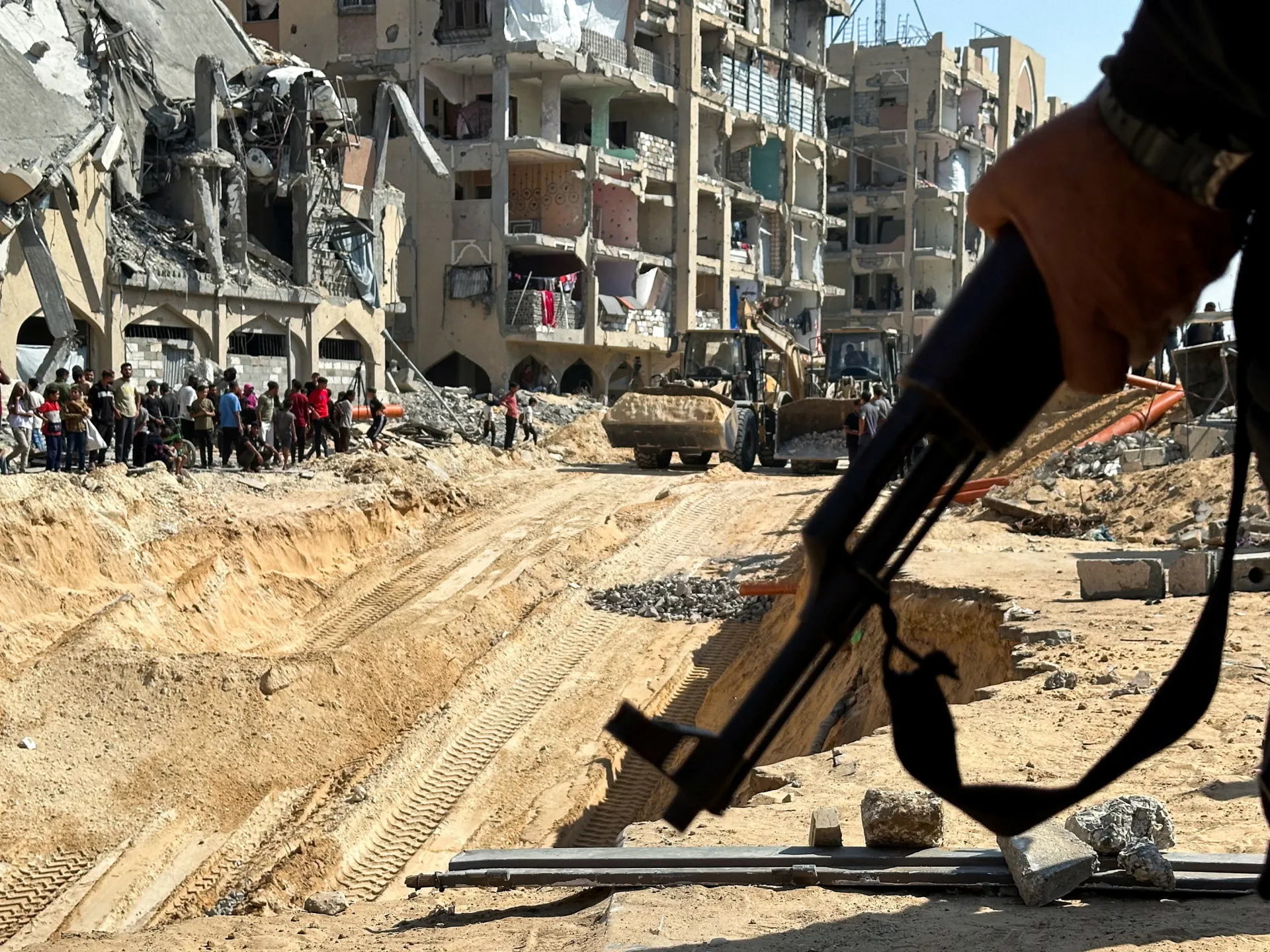Israeli military kills two in new Gaza attack despite ‘resuming’ ceasefire | Israel-Palestine conflict News
Israel’s military has carried out another deadly attack in northern Gaza despite claiming to resume the fragile ceasefire, which was already teetering from a wave of deadly bombardment it waged the night before.
Israel’s latest aerial attack on Wednesday evening occurred in Gaza’s Beit Lahiya area, killing at least two people, according to al-Shifa Hospital. Israel claimed it had targeted a site storing weapons that posed “an immediate threat” to its troops.
Recommended Stories
list of 3 itemsend of list
The attack adds further uncertainty to Gaza’s fragile ceasefire, which was shaken by the fiercest episode of Israeli bombardment on Tuesday night since it entered into force on October 10.
Following the reported killing of an Israeli soldier in southern Gaza’s Rafah on Tuesday, Israeli Prime Minister Benjamin Netanyahu ordered “powerful” retaliatory strikes on Gaza. The resulting attacks killed 104 people, mostly women and children, said Gaza’s Health Ministry. Israel claimed its strikes targeted senior Hamas fighters, killing dozens, and then said it would start observing the ceasefire again mid-Wednesday.
United States President Donald Trump insisted the ceasefire “is not in jeopardy” despite the latest attacks.
Regional mediator Qatar expressed frustration over the violence, but said mediators are still looking towards the next phase of the truce, including the disarmament of Hamas.
‘Calm turned into despair’
In Gaza, the renewed attacks have retraumatised a population desperate to see an end to the two-year war, said Al Jazeera’s correspondent in Gaza City, Hani Mahmoud.
“A brief hope for calm turned into despair,” said Mahmoud. “For a lot of people, it’s a stark reminder of the opening weeks of the genocide in terms of the intensity and the scale of destruction that was caused by the massive bombs on Gaza City.”
Khadija al-Husni, a displaced mother living with her children at a school in Gaza’s Shati refugee camp, said the latest attacks came just as people had “started to breathe again, trying to rebuild our lives”.
“It’s a crime,” she said. “Either there is a truce or a war – it can’t be both. The children couldn’t sleep; they thought the war was over.”
Don’t let peace ‘slip from our grasp’, says UN
On Wednesday, United Nations Secretary-General Antonio Guterres’ spokesman Stephane Dujarric said the UN chief strongly condemned “the killings due to Israeli air strikes of civilians in Gaza” the day before, “including many children”.
UN rights chief Volker Turk also said the report of so many dead was appalling and urged all sides not to let peace “slip from our grasp”, echoing calls from the United Kingdom, Germany and the European Union for the parties to recommit to the ceasefire.
Hamas, for its part, denied its fighters had any “connection to the shooting incident in Rafah” that killed an Israeli soldier and reaffirmed its commitment to the ceasefire.
However, it said it would postpone transferring the remains of a deceased captive due to Israel’s latest truce violations, further fuelling Israeli claims that the group is stalling the captive handover process. Hamas warned any “escalation” from Israel would “hinder the search, excavation and recovery of the bodies”.
Israel, meanwhile, officially barred Red Cross representatives from visiting Palestinian prisoners, claiming such visits could pose a security threat.
Hamas said the ban, which was already effectively in place during the war in Gaza, violates the rights of Palestinian prisoners held by Israel and “adds to a series of systematic and criminal violations they are subjected to”, including killing, torture and starvation.
The Elders, a group of respected former world leaders, called on Wednesday for the release of one of those Palestinian prisoners – Marwan Barghouti. The Palestinian leader continues to be held by Israel despite Hamas including him in its list of prisoners for release as part of the ceasefire deal.
Israel has refused to release Barghouti, who is often referred to as the Palestinian Nelson Mandela.
Barghouti is serving several life sentences for what Israel says is involvement in attacks against civilians – a claim he denies.
“Marwan Barghouti has been a long-term advocate for a two-state solution by peaceful means, and is consistently the most popular Palestinian leader in opinion polls,” The Elders said in a statement, calling on US President Donald Trump to ensure the release of Barghouti.
“We condemn the ill-treatment, including torture, of Marwan Barghouti and other Palestinian prisoners, many of whom are arbitrarily detained,” The Elders added. “Israeli authorities must abide by their responsibilities under international law to protect prisoners’ human rights.”
